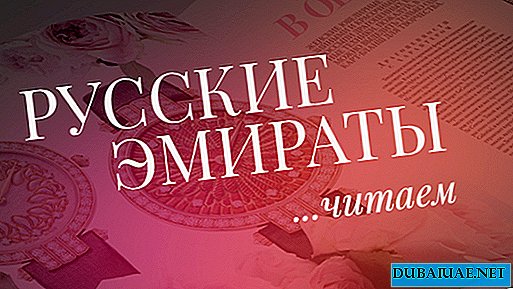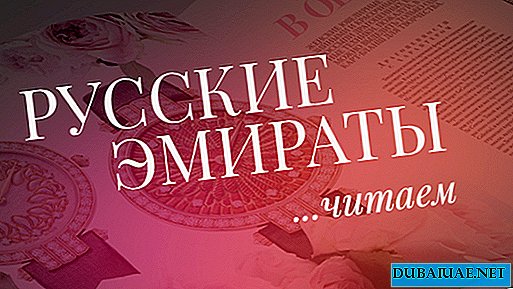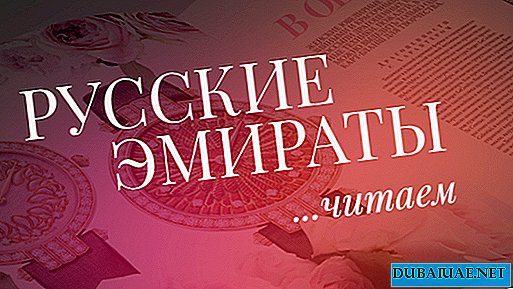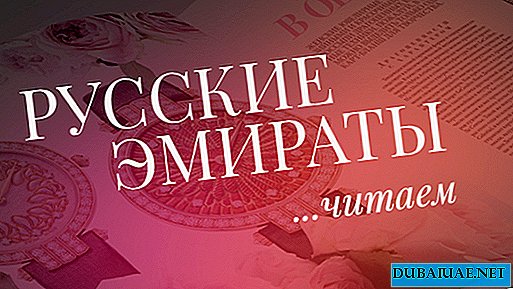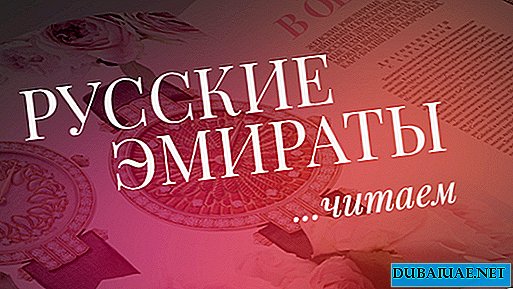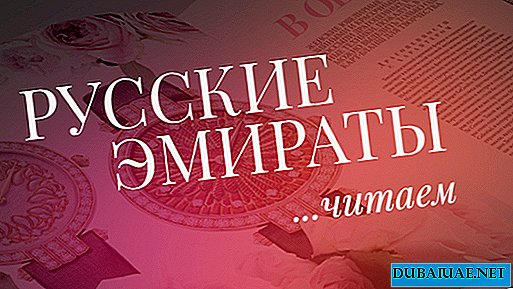He is just a good nose
French elegance plus Russian dare and love of life. Mixed, they formed the character of the ingenious perfumer Ernest Beaux. Ernest Bo was born in Moscow in 1882. The future of the boy was predetermined: if he has a good “nose”, he will become a perfumer, like a father, if not, he will be the manager of the perfume business, like his younger brother Edward, who successfully made a career in the perfume house of Alfons Ralle. The nose was not just good, fantastic! At the age of 16, having just graduated from high school, the young handsome Ernest plunges into the world of fragrant essences and goes on an internship to France. Upon returning to Russia in 1902, Bo entered training with the technical director of the perfume company Ralle Lemercier.
After 5 years, in 1907, Ernest Bo changed his teacher at his post and became the leading perfumer of the Ralle partnership.
The new post gave Bo the opportunity for great creative freedom, and Lemersier instilled in him the ability to endlessly combine exotic ingredients. The successful development of affairs was interrupted by the First World War. Bo went to the front, and in 1918 found out that the factory was nationalized, and he had better not return to Moscow during the “Red Terror”.
And he begins his life and career from scratch in post-war France. By 1920, Ernest was once again doing what he loved at the Ralle factory in Grasse. However, the 1920s became the last glimpse of the "golden age" of perfumery, which ended with the beginning of the Great Depression, the widespread transition to artificial substitutes for expensive oils. The sensitive and elegant Ernest Bo only appreciated deliberate artificiality, one that contradicts nature, and not one that tries in vain to imitate it.
This is what led him to the fascination with aldehyde aromas, the most famous of which were Chanel No.5. Then, in perfumery circles, there was talk of an innovative scent. Many were jealous of their popularity, the crazy price and glory of Ernest Bo, who moved into a luxurious Parisian apartment at that time. The name for the perfume was chosen by Coco Chanel herself. She said that she presented a new collection of her dresses on the 5th of the fifth month (May), therefore, she decided that the number “5” would bring success, and she was not mistaken.
Then, at Chanel House, in addition to serial scents, which include No.5, a whole range of fragrances appeared, which are several times more expensive than ordinary Chanel perfumes. These include Gardenia (1925), Bois de Isle (1926), Cuir de Russie (1927), Chanel No. 22 (1922). All of them were created by Ernest Bo.
Cuir de Russie - "Russian skin"
Cuir de Russie, which became the favorite fragrance of the great-grandson of Emperor Nicholas I, Grand Duke Dmitry Alexandrovich - one of the components of the legendary and exclusive Les Exclusifs de Chanel collection, appeared in 1927 on the wave of fashion for Russia. Ernest Bo managed to brilliantly embody a skin chord in these spirits. The result was a complex aroma with a bright smoky tobacco smell of smooth and elegant skin, softened by sensual floral shades - a nostalgic fantasy about the vastness of the Russian land and the Russian soul. Legend has it that the idea of Cuir de Russie was born to a perfumer when he saw a Russian Cossack rubbing his thin leather boots with birch tar in a wide steppe. On the other hand, it can be assumed that Ernest Bo, like many of his contemporaries, was very impressed by the tender friendship between Coco Chanel and Grand Duke Dmitry Pavlovich Romanov, who, by the way, introduced the perfumer in Cannes to the unpredictable and wayward Gariel in 1920. Most likely, the fragrance Cuir de Russie became the dedication of the love story of the Russian prince and the French couturier.
Be that as it may, Chanel's Cuir de Russie was a revolutionary fragrance for independent women who wore men's clothing and dared to smoke in public, "dispassionately throwing money at the green table cloth." The provocative and shocking "Russian skin" is an invariable attribute of the movement of emancipation and a brilliant classic, reverently sung in our days. Critics personify "Cuir de Russie with the image of Marlene Dietrich in a trouser suit and with a cigarette in the mouthpiece."
Indeed, the fragrance Cuir de Russie is designed for a certain type of women. This aristocratic perfume requires a strong nature and maturity of views. The spirits of Cuir de Russie are eccentric, intelligent and unbalanced. They offer an almost perfect balance between luxury and danger.
The contrasting top of the perfume Cuir de Russie (1927) is composed of strong, smoky chemical compounds resembling the process of tanning the skin with a slight aftertaste of tar. Despite the musky animal shades extracted from the beaver stream, birch tar gives the skin aroma a noble finish designed to produce true gentleman's boots or gloves for beautiful ladies. The initial aldehyde astringency is softened by the nectar sweetness of roses, jasmine and ylang-ylang, a classic triad that blooms at the heart of many of Ernest Bo's compositions. Lush floral notes are emphasized by indole crystals - an element that brilliantly complements the animalish gloom of the skin, revealing it in full beauty. The main secret is hidden in the cold elegance of the rainbow iris, the powdery earthiness of which sways slowly, while it covers the heart and shimmers at the base of the composition. The moving pyramid of aroma rests on dark, smoky accents of dry skin. The base notes of Cuir de Russie wrap sweet tobacco smoke in a sensual amber-vanilla wrap. The aroma creates a dreamy aura of purity and romance of pristine Russian nature.
Perfume Cuir de Russie was talentedly reprinted under the direction of Chanel House perfumer Jacques Polge in 1983 as part of the elite collection Les Exclusifs, at that time composed of four perfumes: No. 22, Gardenia, Bois des Iles and Cuir de Russie. The aroma formula, consisting of the most valuable materials, was slightly rebalanced, according to new fashion trends and the requirements of the time. Now the top notes of the perfume catch their breath with a sweet, heady, sparkling aldehyde top with a skin smell, with notes of orange blossom, fruit and a wide range of citrus plexuses - Tunisian orange, Calabrian bergamot, Sicilian mandarin, lemon. Shades of clary sage soften light bitterness. The rich, seductive "heart" of the composition received a more intense floral sounding of classical ingredients (roses, jasmine, ylang-ylang and iris). It hovers in a light, smoky-woody cut of cedar, cloves, vetiver, styrax. The base is built on the basis of the same birch, as well as balms, incense, vanilla, ambergris with pronounced elegant notes of oily skin.
At a concentration of Eau de Toilette (eau de toilette), Cuir de Russie Les Exclusifs came out in 2007 with a line of 12 exclusive Chanel fragrances, with a fresher and cleaner sound. The perfume bottle is made in a classic, strict style, once coined by Coco Chanel herself.
Change of eras
Ernest Bo, one of the best perfumers of the 20th century, worked day after day for nearly 35 years. In addition to Chanel House, Ernest Bo worked very fruitfully for the French company Bourjois. But by the beginning of the 1960s, the strong old Bo, who seemed like an eternal block, became an obstacle for a new generation of perfumers. At the end of the winter of 1961, he was fired from both Chanel and Bourjois. This news shocked the great perfumer so much that he fell ill and died a few days later. The funeral was held in his parish church, the hall of which was completely covered with a carpet of roses, the master’s favorite flowers ...
He went down in the history of modern perfumery and was remembered for being a man thanks to whom there is a particle of Russia in the best legendary aromas of the French Chanel house itself. And in Cuir de Russie, thanks to the successors of Ernest Bo’s case, the sound of birches is clearly heard today and the endless love for the powerful and not fully understood Russian spirit is read ...


